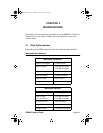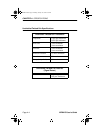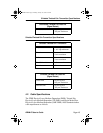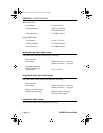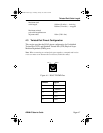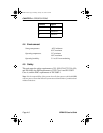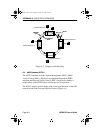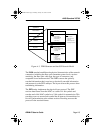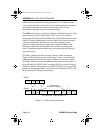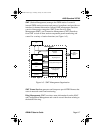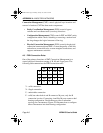
BRIM-F6 User’s Guide Page A-1
APPENDIX A
BASIC FDDI NETWORKS
This Appendix covers basic Fiber Distributed Data Interface (FDDI)
network concepts relating to FDDI network design and installation.
ANSI Standard X3T9.5 provides greater detail on FDDI access methods.
Reference this standard whenever you need more complete information.
Specific areas presented here include:
• Basic FDDI Concepts
• FDDI Devices
• Design and Installation Considerations.
A.1 Basic FDDI Concepts
An FDDI network provides a high-speed (100 Mbit/sec.), fiber optic
network capable of reliable data transmission. The fiber optic media
provides increased bandwidth, immunity from electrical noise, security,
and permits the use of longer cable segments. These features make FDDI
a viable alternative in LAN backbone applications, or as a back-end or
front-end network between processors.
A.2 FDDI Media Access Protocol
The FDDI standard X3T9.5 describes the media access and token passing
protocol for FDDI networks. Each station on an FDDI ring has a unique
station address, differentiating it from all other stations. A special frame,
called a token, controls transmission.
Only one station, the station holding the token, can transmit at any given
time. This token circulates around the ring from station to station. Each
station receives the token from the station preceding it on the ring, retains
it while transmitting data (frames) and then passes (transmits) the token
on to the next active station on the ring.
BRIM-F Book Page 1 Monday, January 29, 1996 9:26 AM



